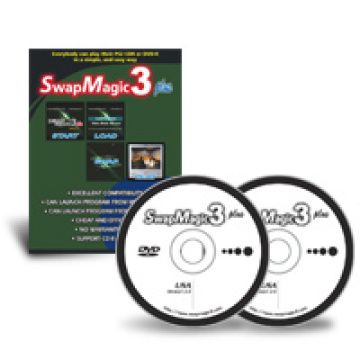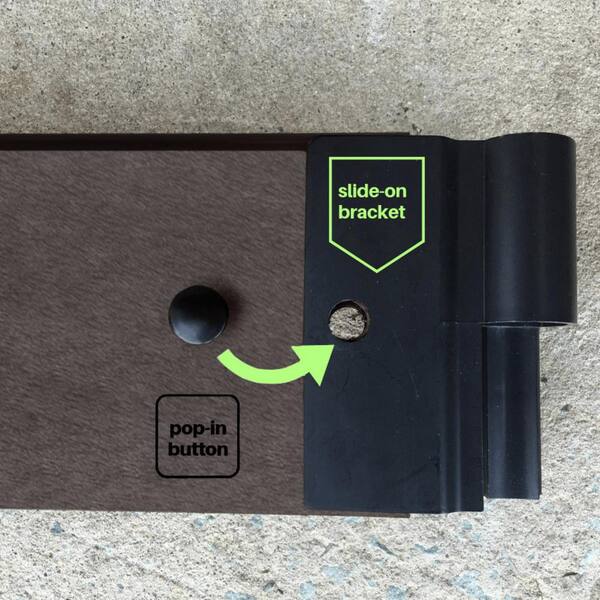

Each set of contacts can be in one of two states: either "closed" meaning the contacts are touching and electricity can flow between them, or "open", meaning the contacts are separated and the switch is nonconducting.

The most familiar form of switch is a manually operated electromechanical device with one or more sets of electrical contacts, which are connected to external circuits. Bottom, left to right: wall switch (U.S. style), miniature toggle switch, in‑line switch, push-button switch, rocker switch, microswitch. Top, left to right: circuit breaker, mercury switch, wafer switch, DIP switch, surface mount switch, reed switch. Switches in high-powered circuits must have special construction to prevent destructive arcing when they are opened.Įlectrical switches. A common use is control of lighting, where multiple switches may be wired into one circuit to allow convenient control of light fixtures.

Many specialized forms exist, such as the toggle switch, rotary switch, mercury switch, push-button switch, reversing switch, relay, and circuit breaker.

A switch may be operated manually, for example, a light switch or a keyboard button, or may function as a sensing element to sense the position of a machine part, liquid level, pressure, or temperature, such as a thermostat. Switches are made in many different configurations they may have multiple sets of contacts controlled by the same knob or actuator, and the contacts may operate simultaneously, sequentially, or alternately. When a pair of contacts is touching current can pass between them, while when the contacts are separated no current can flow. The most common type of switch is an electromechanical device consisting of one or more sets of movable electrical contacts connected to external circuits. In electrical engineering, a switch is an electrical component that can disconnect or connect the conducting path in an electrical circuit, interrupting the electric current or diverting it from one conductor to another.


 0 kommentar(er)
0 kommentar(er)
